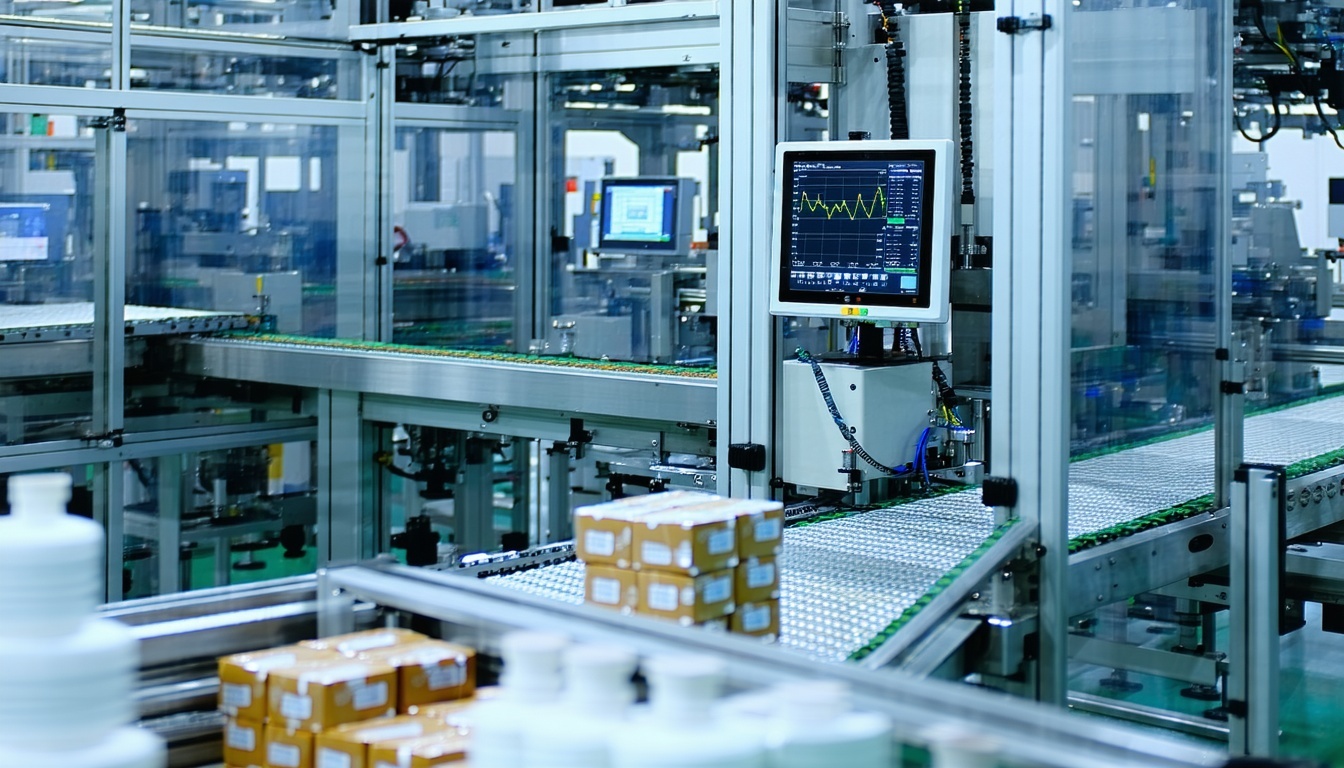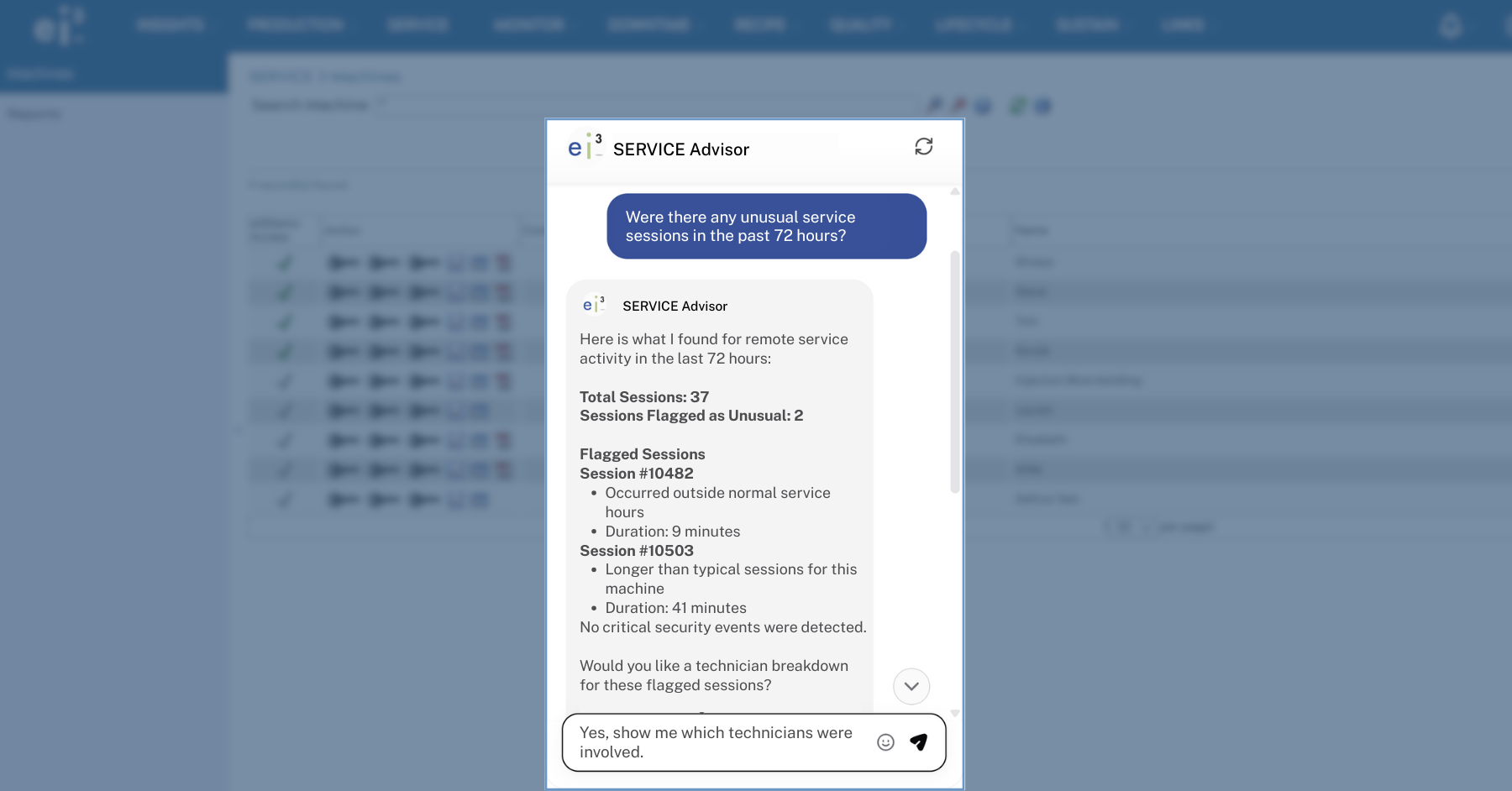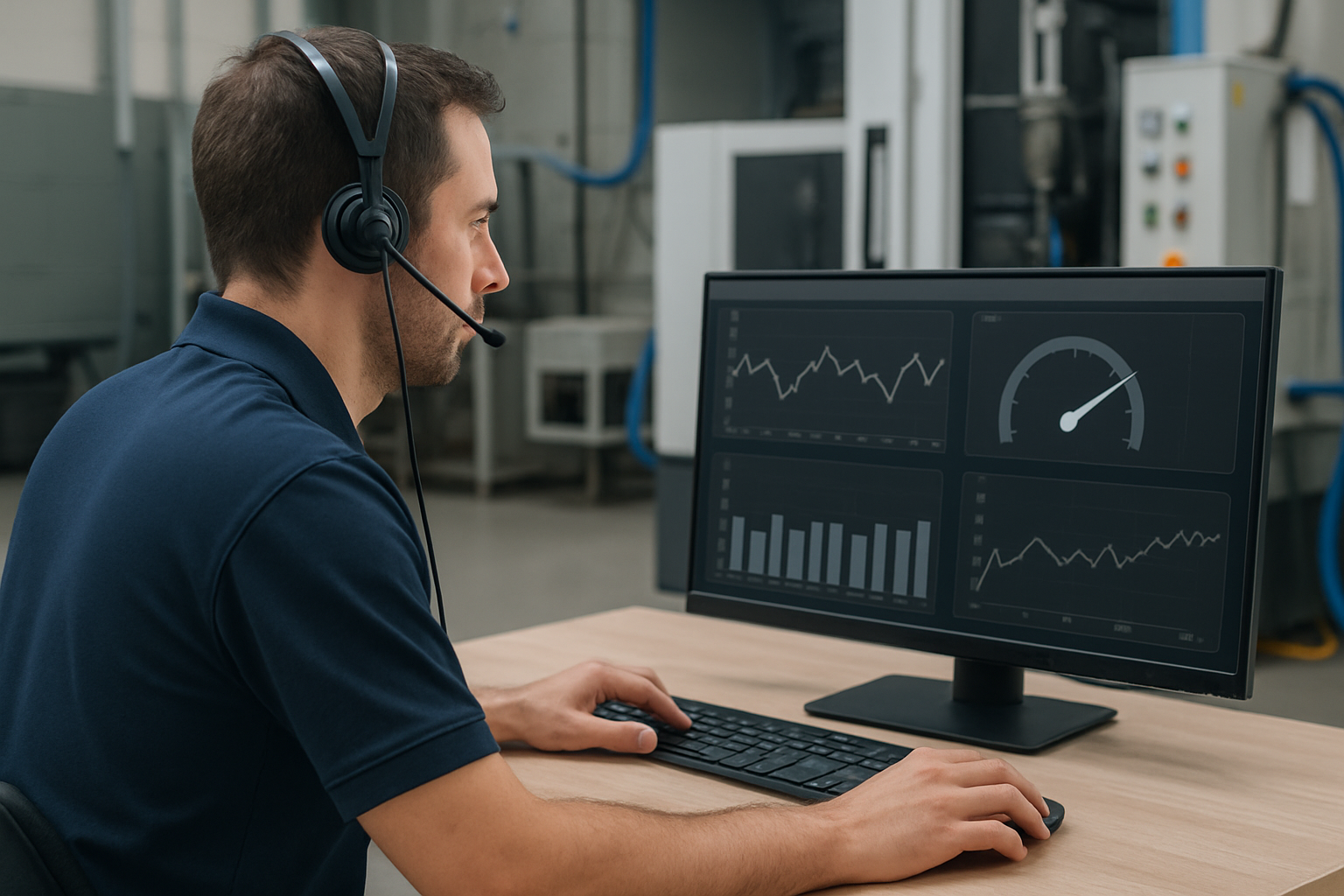Remote monitoring technology has evolved from simple alert systems to sophisticated analytics platforms, with future capabilities promising real-time quality assurance that could revolutionize packaging operations.
Current remote monitoring systems enable packaging operators and managers to react immediately to changes on the plant floor. But connectivity's potential extends far beyond reactive responses—it's creating entirely new possibilities for packaging engineers and operations teams.
While consumer fascination with Internet of Things devices and wearable technology captures headlines, packaging companies have been building machine-connected networks for years. This "Industrial Internet" has enabled machinery manufacturers to increasingly integrate connectivity across their equipment, creating foundations for transformative operational improvements.
Massive economic potential ahead
Over the last decade and a half, tremendous progress has been made, with astounding possibilities on the horizon. General Electric's 2013 report "The Industrial Internet @ Work" estimated that accelerated productivity growth will boost global GDP by $10 to $15 trillion over the next two decades.
In packaging specifically, operators can anticipate potential issues and prevent stoppages across material handling, filling, and labeling applications. Since stoppages create costly downtime and waste that erode bottom lines, this preventive capability delivers significant value.
Software designers work hand-in-hand with original equipment manufacturers (OEMs) to embed machine-to-machine communication solutions that identify productivity lags and place actionable data at manufacturers' fingertips. This information adds tremendous value to equipment by highlighting efficiency-boosting modifications while building long-term customer loyalty.
The past: From simple alerts to predictive insights
The Industrial Internet grew from one fundamental requirement: monitoring machinery from anywhere without direct physical contact. Early applications included Remote Terminal Units (RTU) in public utilities like electric grids and wastewater purification plants.
These early systems operated on land-based communications through LAN lines or telephone wires, primarily functioning as simple alert systems that sounded alarms when machines went down or overheated near failure points.
Technology boom transformation
The 1990s technology boom enhanced networking sophistication, advancing remote monitoring capabilities for packaging industries. Systems became more complex, gathering expanded data sets and incorporating Internet-based technologies to reach offsite personnel outside traditional networks.
Networks developed capabilities to collect actionable data, enabling relationships between specific parts and processes to be determined. Monitoring evolved beyond simple up/down status to include:
- Predictive failure analysis
- Specific failure point identification
- Replacement part needs before problems occurred
- Baseline reporting for month-to-month and year-over-year comparisons
The present: Real-time control and comprehensive analytics
While past systems offered some predictive benefits, most collected data related to historical performance. The next decade brought increasing sophistication and entirely new capabilities.
Today's advanced functionality
Modern technology enables both remote monitoring and service functionality. Machine operators can connect from anywhere to check status and make actual updates and modifications. Predictive failure analysis allows technicians to replace worn parts before complete failure, reducing surprise outages and minimizing downtime.
Large companies save hundreds of thousands of dollars on travel costs alone since technicians don't necessarily need to visit facilities in person to resolve issues.
Enhanced data capabilities
According to Cisco's 2013 white paper "Embracing the Internet of Everything," greater data accumulation provides clearer operational pictures. Efficiency encompasses entire operations working together across all production stages, not just individual machine uptime.
Improved data mining enables executives to gain deeper business understanding through millions of information bits from thousands of data points. This virtually limitless economy of scale paves the way for greater profitability.
Modern collection methods
Data collection methods have evolved to allow greater freedom and accessibility:
- Wireless systems reduce hardware requirements compared to hard-wired systems across facilities
- Cloud storage services enable increased data collection without deletion concerns or space limitations
- Enhanced security incorporates specialized hardware that protects and encrypts data during transmission from facilities to storage centers
- User-friendly interfaces include smartphone apps providing instant equipment access regardless of location
Present-day operational benefits
Current remote monitoring systems allow packaging operators to react immediately to plant floor changes by connecting managers to equipment through mobile apps with comprehensive information access. Results include greater efficiency, better facility understanding, and higher productivity and profits.
Specific advantages include:
- Reduced downtime through problem area identification
- Seamless replacement part ordering when integrated with aftermarket services
- Enhanced OEM customer service capabilities
- Advanced algorithms working across larger data sets for better failure prediction
- Benchmark setting across packaging industry sectors
- Clearer operational metrics for new facilities from day one
The future: Real-time quality assurance revolution
Growing data depth enables personnel to understand specific machine performance at precise moments, with technology quickly expanding into Quality Assurance applications.
Immediate anomaly detection
Operators will immediately detect anomalies on packaging or filling lines, tracking issues to particular batches or specific products. This capability enables more accurate identification and handling of faulty products compared to random testing methods.
Advanced alert capabilities
Enhanced reactivity to critical inline issues will transform operations. In printed packaging, presses will be closely monitored for:
- Misprints and unwanted color variation
- Ink spotting or plate problems
- Print defect correlation with machine parameters
- Immediate stoppage of recurring issues within seconds
Critical food safety applications
Quality assurance becomes paramount in filling facilities, especially food packaging where health and safety are critical. Systems will immediately detect anomalous changes in:
- Product weight variations
- Density fluctuations
- Temperature changes
Data from these instances will inform plant supervisors about recurrence likelihood, enabling operations tailoring to limit or eliminate improper filling or contamination instances.
The continuous evolution ahead
The Industrial Internet and remote monitoring services continue evolving with tremendous potential across all packaging applications. From earliest RTU-based systems to today's analytics-driven capabilities, modern remote monitoring paves the road for fundamental operational shifts in how companies streamline and maintain operations.
This technology's history remains part of its present. Early approaches that established equipment scoreboards and enabled production assessment still provide machine data to business systems for accurate reporting. Current systems enable immediate plant floor reactions while connecting managers to equipment through security-backed mobile channels with expanded data access.
Future benefits approach rapidly, including comprehensive quality assurance capabilities that will change packaging forever through Industrial Internet power.





